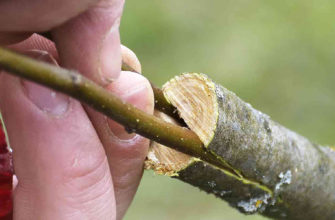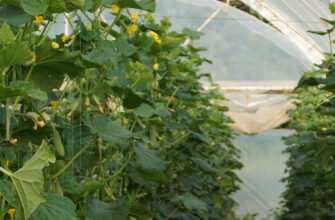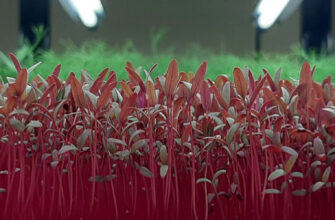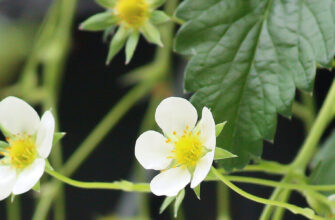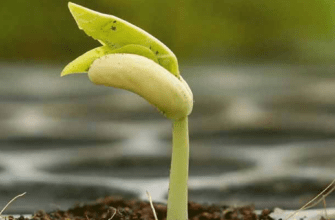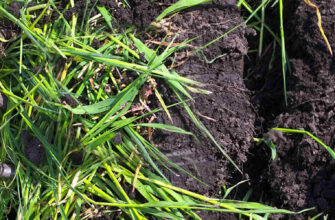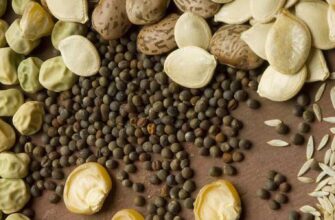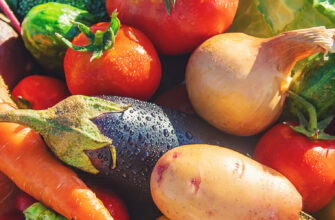Autumn is the time to take care of the orchard’s condition. Trees enter winter dormancy, and plant life slowly comes to a halt. But this is no reason to stop working in the fruit plantations. They require careful care and preparation for winter. In this article, we will explain how to treat trees in the garden before winter, how to protect the orchard from rodents, and from damage caused by frost and sunburn.
- Autumn treatment of the orchard against pests and diseases
- Iron sulfate
- Urea (Carbamide)
- Bordeaux mixture
- Protection of Trees from Rodents
- Protecting Trees from Frost and Sunburn
- Autumn Soil Mounding for Protecting the Lower Part of Tree Trunks
- Wrapping Tree Trunks and Scaffold Branches
- Whitewashing Trees and Coating with Clay Mixtures
Autumn treatment of the orchard against pests and diseases
Autumn orchard treatment is no less important than spring treatment, because if the insects that remain for the winter are not destroyed, they will lay eggs in the spring and cause great damage. The same can be said about disease pathogens. What to treat the orchard with in autumn against diseases and pests, see below.
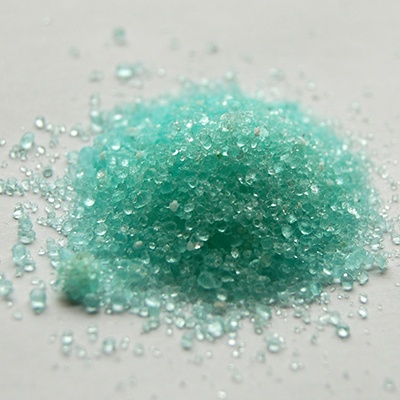
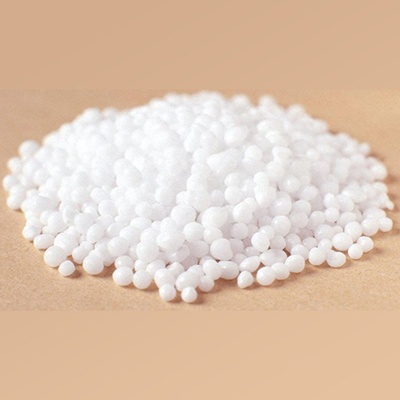
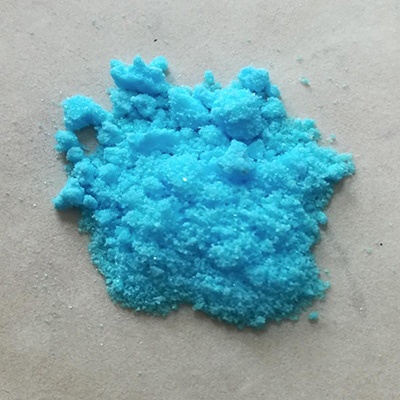
Iron sulfate
Treating the garden with iron sulfate in autumn helps eradicate diseases such as scab, powdery mildew, various rots, mosses, and lichens. This preparation is also used to treat and nourish fruit trees such as apple, plum, cherry, and peach trees. After treatment, the plants receive many beneficial microelements and iron.
The dosage of the preparation depends on the condition of the trees. If the trees were affected by any diseases during the season, the iron sulfate dosage is 400-500 g per 10 liters of water; if the plants were healthy, it is enough to dilute 200-300 g per 10 liters of water.
Urea (Carbamide)
A simple and effective remedy for combating pests that overwinter on branches and tree bark. Autumn treatment of the garden with urea in a large dose also helps destroy all disease pathogens that are difficult to eradicate. Thus, carbamide is simultaneously a good fungicide and insecticide.
The dosage depends on the garden’s condition before autumn: if the trees were healthy during summer, they are treated with a mixture of 300 g urea in 10 liters of water; if they were sick, 500-700 g of carbamide per 10 liters of water is used.
Important! Urea is a nitrogen fertilizer that can stimulate shoot growth, so treatment is done just before the first frosts.
To increase the effectiveness of the remedy, it is recommended to mix carbamide with iron sulfate. This tank mixture is prepared using 300-500 g of urea and 200-500 g of iron sulfate diluted in 10 liters of water.
Bordeaux mixture
This is a well-known mixture of copper sulfate and lime. It helps in the fight against scab, powdery mildew, moniliosis, and various spots.Bordeaux mixture can be bought ready-made in stores or made at home. When homemade, it is called Bordeaux liquid. Autumn treatment of the garden is done with a 3% solution.
To prepare it, take 300 g of copper sulfate and dissolve it in 5 liters of warm water. Then, in a separate container, dissolve 400-450 g of lime in 5 liters of water. After that, slowly pour the dissolved copper sulfate solution into the lime solution in a thin stream.
Protection of Trees from Rodents
In winter, various rodents—hares, mice, and rats—pose a great danger to trees. During the cold season, they gnaw on the bark, branches, and roots, and can completely destroy seedlings. Therefore, special attention should be paid to this when the weather gets colder.
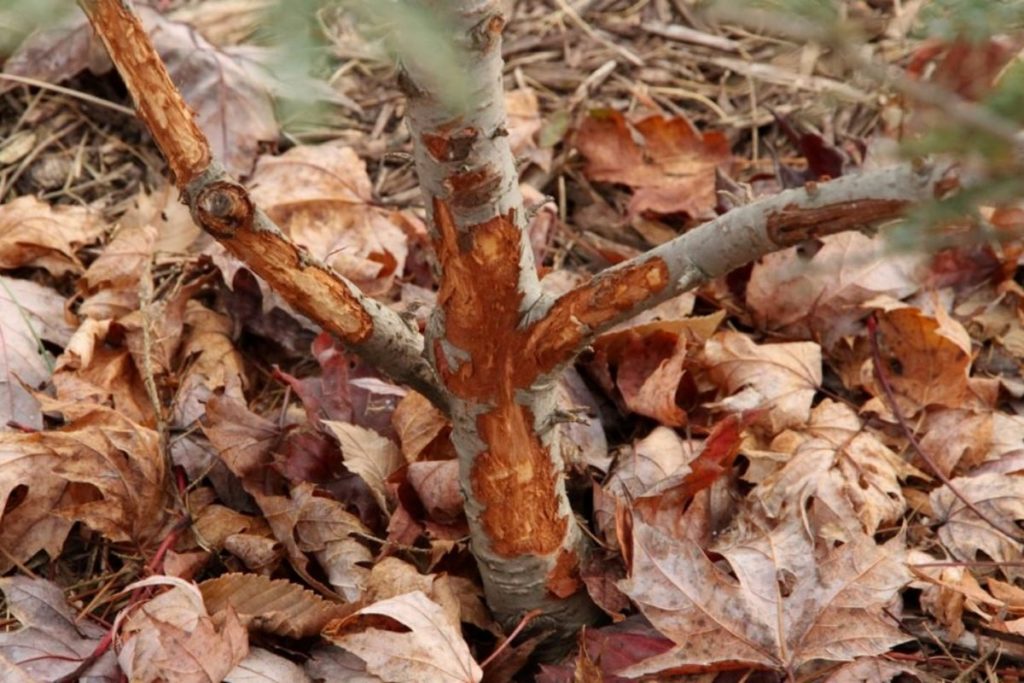
Protection of trees from hares and other rodents includes the following preventive measures:
- Cleaning up tops, fallen leaves, and other debris that may attract rodents.
- It is not advisable to leave piles of hay or straw near trees, as rodents may settle there.
- Domestic cats are excellent helpers in the fight against rodents. If hedgehogs come to your yard, do not rush to drive them away, as they eat mice and some harmful insects.
- A high fence will prevent hares from entering the garden.
- Rodents can be repelled by scattering sawdust soaked with kerosene around tree trunks.
Trees can also be protected by wrapping them with various materials:
- Fir branches, juniper, raspberry, and hawthorn branches, reed, or sunflower stalks not only protect trees from rodents but also help keep them warm during frosts. These materials are wrapped around the trunk and secured with twine or strong rope, and the bottom is slightly covered with soil.
- Roofing felt (Ruberoid). Trunks are wrapped with roofing felt only after being covered with burlap or another fabric. Since roofing felt is impregnated with resinous substances, it must not come into direct contact with the tree bark. The roofing felt is applied tightly, buried several centimeters into the soil, and tied with twine. The gap between the bark and the roofing felt should be sealed with clay or stuffed with cloth. If this is not done, water that seeps in will freeze and damage the tree.
- Metal mesh and pieces of sheet metal. Such coverings are buried several centimeters into the ground. It is important to leave a gap of about 5 cm between the trunk and the metal.
- Nylon fabric or fiberglass wool. Rodents dislike gnawing these materials, so they tend to avoid trees wrapped with them.
- Special rodent protection nets. These are made of polymer and sold in specialized stores.
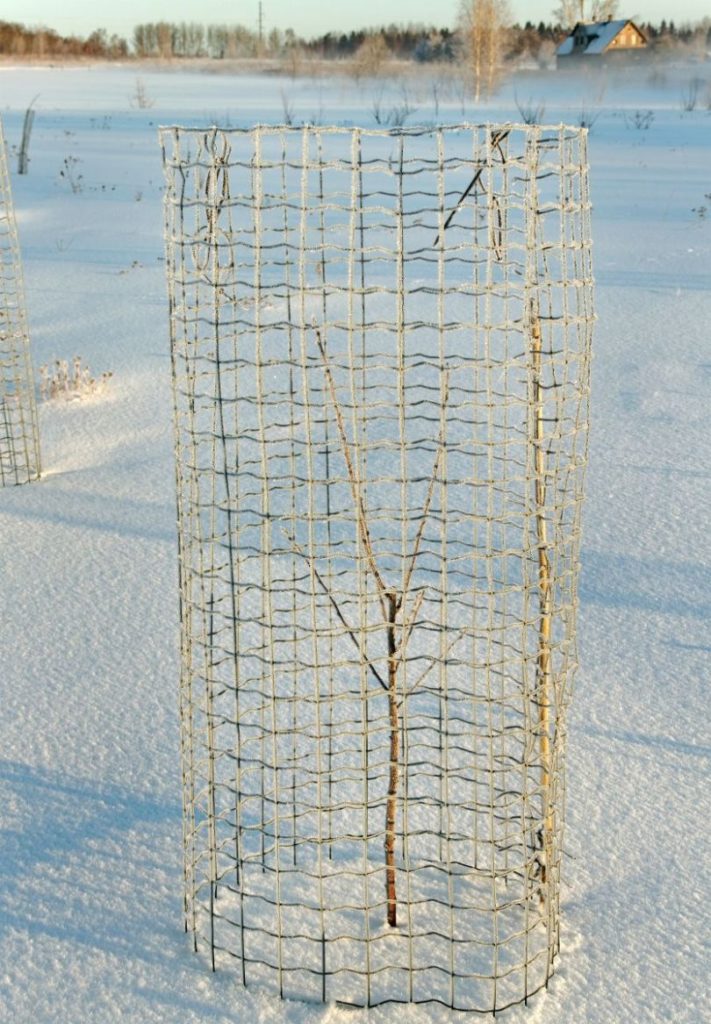
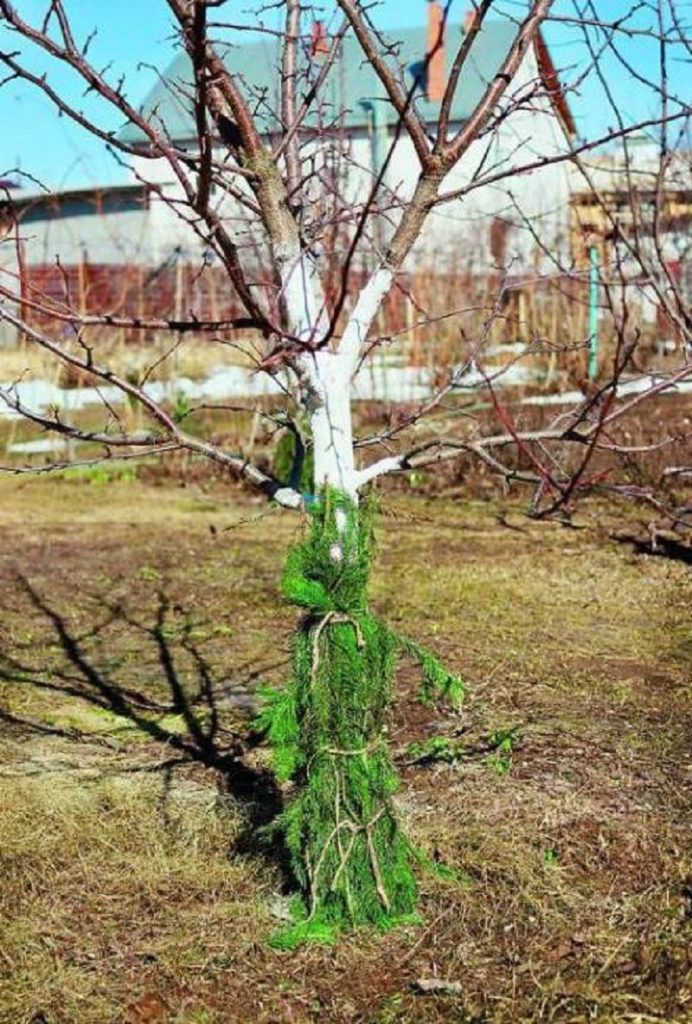
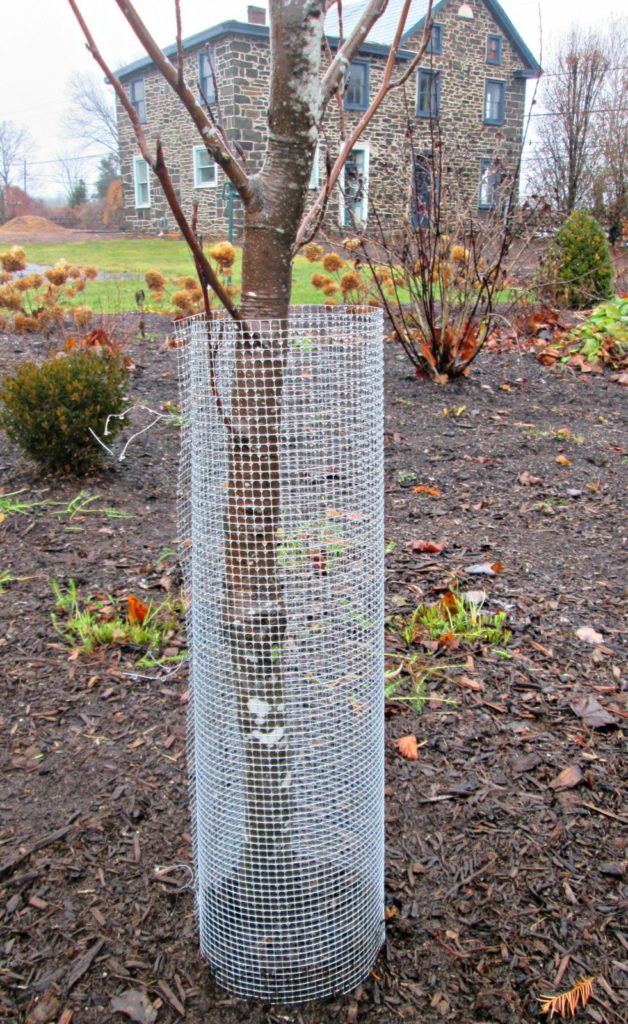
Do not wrap trees with polyethylene film, as pests are attracted to it, and trees can rot or get sunburned under the film.
Besides mechanical protection, tree trunks can be coated with a mixture of clay and cow manure. These ingredients are mixed in equal parts and diluted with water to the consistency of thick sour cream.
If you don’t want to bother preparing your own remedies, you can use rodenticides specially designed to combat pests.
Protecting Trees from Frost and Sunburn
A garden can yield a high harvest only if all the trees are completely healthy. Often in winter, frost damage and sunburn cause tree death or reduced productivity.
In winter, sunburn appears due to sharp temperature fluctuations between night and day in late winter and early spring. On cloudy days, the temperature under the bark is uniform all around, but on sunny days with below-freezing air temperatures, the southwest side of the trunk can warm up to +15…+20°C, while the northeast side remains close to the air temperature. Such temperature differences cause damage and death of the tree tissues.
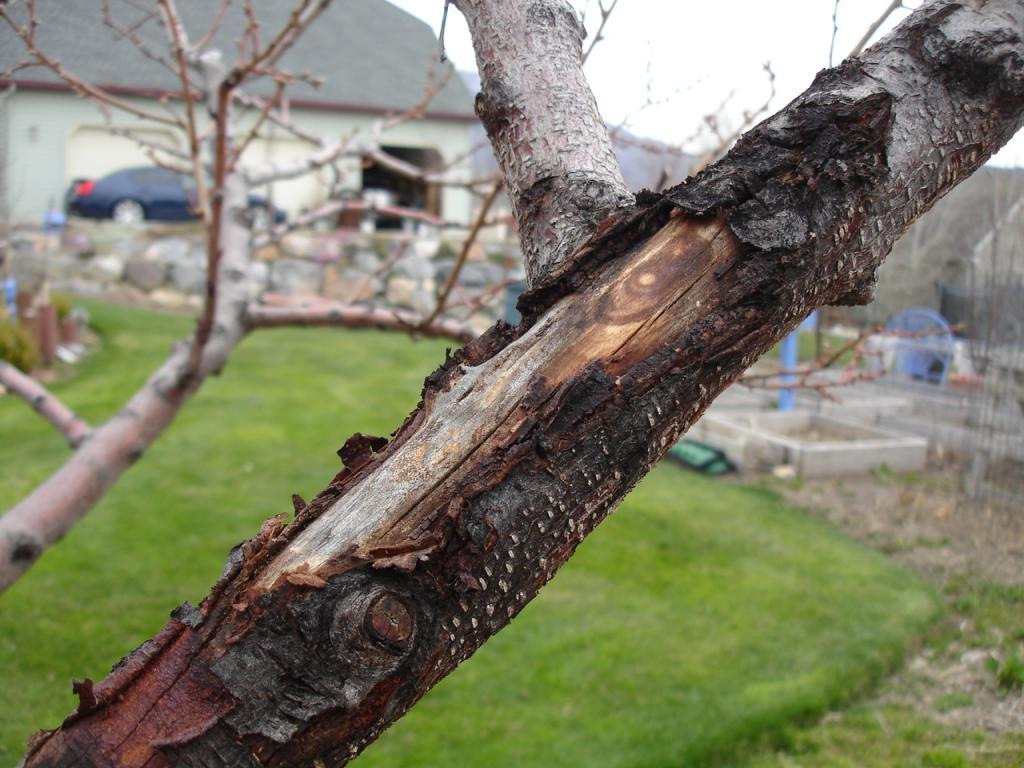
Damage from frost and sunburn can be prevented by various methods: hilling soil around the base, wrapping the trunks, whitewashing the trees, and growing trees with low trunks.
Autumn Soil Mounding for Protecting the Lower Part of Tree Trunks
It is important to pay attention to the timing of this simple procedure. Often gardeners rush to mound soil around trees too early, which can cause the bark to rot. Bark rot may occur in very narrow strips (2–3 mm wide around the trunk), making it sometimes hard to notice.
This process should only be done after stable frosts have set in, when a thin frozen crust forms on the soil surface. This crust is removed, and the tree is mounded with thawed soil. The soil should be taken from between the rows and returned to its original place in spring. In spring, the soil should be removed layer by layer as it thaws.
Wrapping Tree Trunks and Scaffold Branches
Various materials can be used for wrapping trunks and main branches, such as reed stalks, sunflower stalks, and pumpkin vines. Besides protecting against sunburn and frost damage, these materials also protect trees from damage caused by hares and other rodents.
Whitewashing Trees and Coating with Clay Mixtures
Whitewashing the trees or coating them with clay mixed with lime, or clay mixed with cow manure and lime, helps by reflecting sunlight, which prevents excessive heating of the trunk.
It is best to whitewash trees in autumn. Before whitewashing, trees should be cleaned of dead bark, lichens, and old thick branches using special metal scrapers and wire brushes. Dead bark is easier to remove after rain. All removed bark pieces should be burned, as they may harbor disease pathogens or overwintering harmful insects.
To prepare the whitewash solution, take 10 liters of water and dissolve in it 2 kg of lime, 1 kg of clay, and 0.5 kg of copper sulfate. The whitewash will last longer on the trees if you add 1–2 cups of milk, 2–3 tablespoons of flour paste, or 150–200 g of casein glue to the mixture.
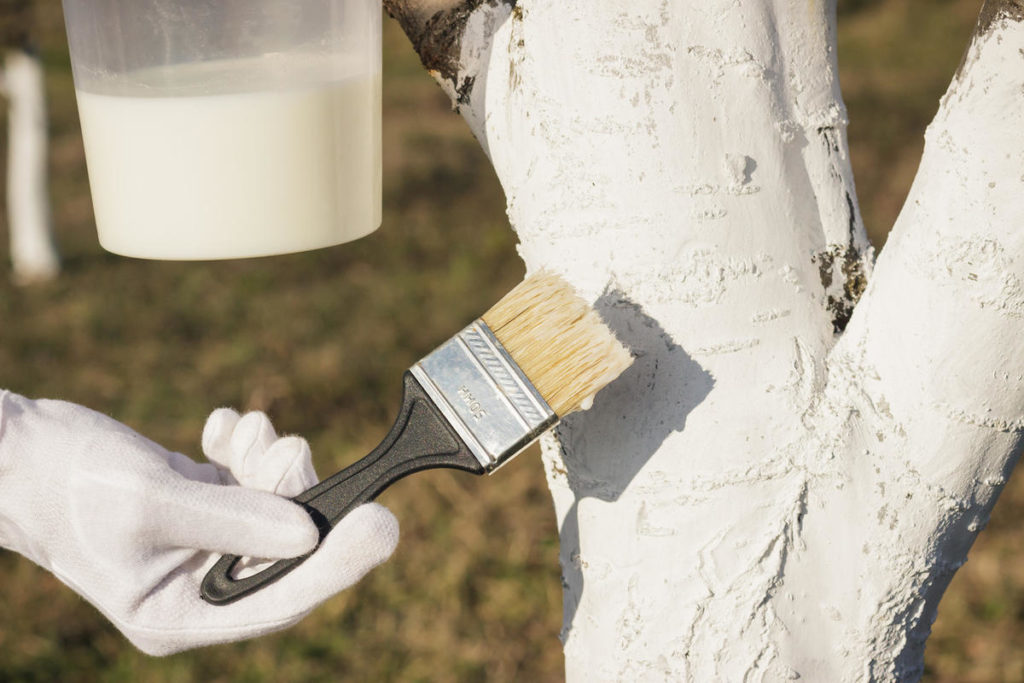
Here are a few simple ways to protect your trees from problems they may face during winter. We hope you will choose the most convenient and effective methods for yourself, and that in the next season your trees will reward you with a high-quality and abundant harvest.
Feel free to share your questions about autumn and winter garden care in the comments.
If you have found a spelling error, please, notify us by selecting that text and pressing Ctrl+Enter.

